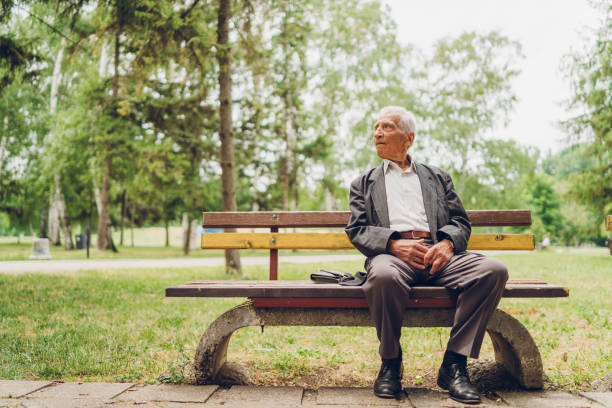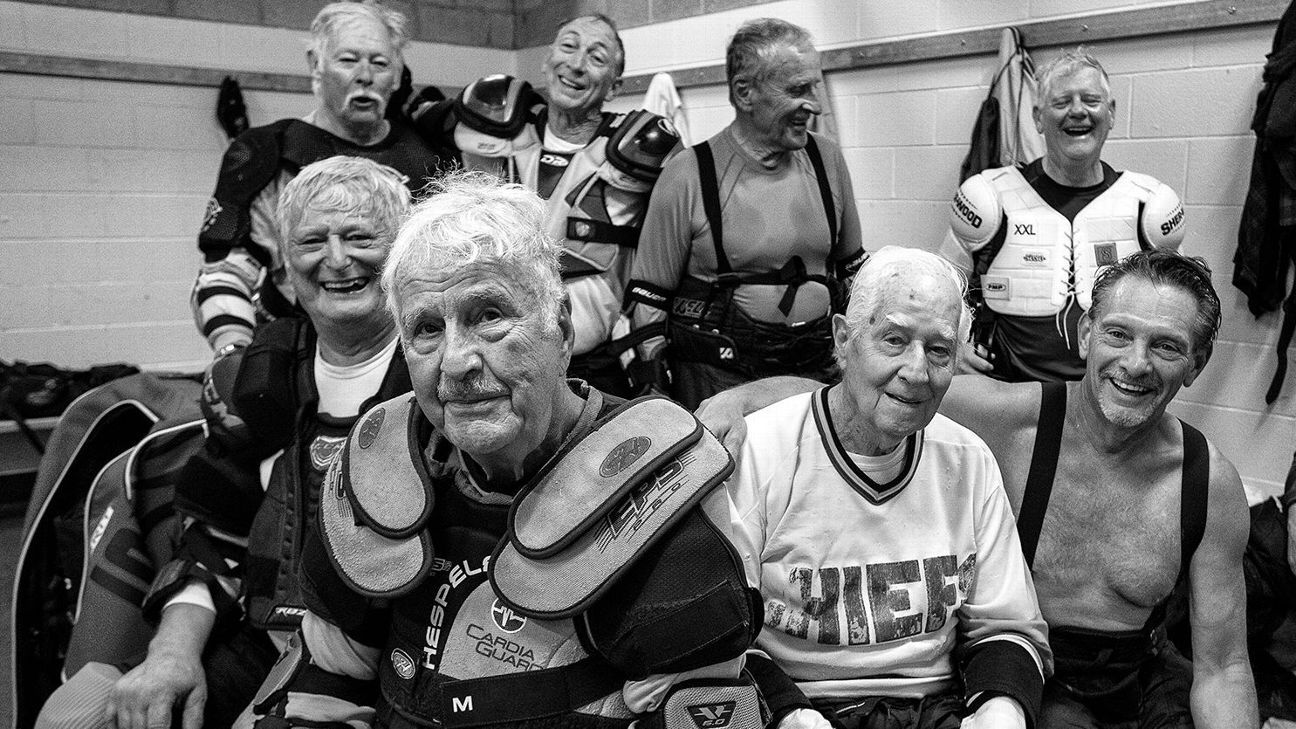6
Section One: The Fundamentals
A) Keywords
Exercise 1:
Provide a brief definition of one of the padlet keywords for this week.
| Third age is one of the stages of aging. This is the time in life when we will stop working, and children we had will we old enough to live by themselves. During this point of life there is often an abundance of free time, which leads to increase leisure and sometimes travel.
|
B) The Social Significance of Aging in Sport
Exercise 2: Notebook Prompt
How is old age popularly represented today? Find an image online that you think exemplifies one defining attitude towards old age and paste in your notebook below with a brief explanation of what this image means to you.
|
I think this photo helps show how old age is popularly represented today. This being that older adults spend alot of time resting, and aren’t typically engaged in vigorous activity. |
Exercise 3: Notebook Prompt
What does the article (referencing another study by Dionigi) mean by its statement that sport can help aging people to simultaneously “accept and resist the ageing process” (572)? Respond by audio or text and find paste two images sourced online into your notebook showing how sport might help aging people to both accept and resist the aging process.
| This reflects the role of sports later in life. Older adults can use sport to challenge stereotypes by remaining active in sport and competitive activities. at the same time, sports can allow them to accept the aging process by accepting adaptations and physical limitations to sport. For instance, older adults participating in a sport such as hockey. While they can still exceed at the sport they will have to acknowledge that things like flexibility and endurance can change with age.
|
Exercise 4: Notebook Prompt
Who are the groups less likely to have extensive opportunities to take part in sports, according to Pike? How does privilege factor into aging and sport? (200 words max)
| According to Pike, it is less likely for older adults with health challenges or physical disabilities, low socioeconomic backgrounds, or marginalized communities. Privilege plays a factor into aging and sport by influencing the opportunities that become available to people as they age. For instance, people with more financial resources will be more likely to access and participate in recreational sport. Additionally, if they had access to sport growing up, they are more likely to have connections later in life that can lead them to more physical activities.
|
Exercise 5: Padlet Discussion
Why do you think age discrimination is “reported more than any form of prejudice” with older people presented as a threat to social values and interests? Feel welcome to use video in your responses. Paste your comments (or transcript of your video) below!
|
|
B) Older Women and Sport
Exercise 6: Notebook Prompt
What differences do you see in these ads? Which one is more inclusive? How is age represented or not represented in each? Answer these questions in your notebook.
|
|
Exercise 7: Notebook Prompt
In her article, “Assessing the sociology of sport: On age and ability,” Elizabeth Pike references a “trend towards a ‘feminisation of ageing’, with many women living longer than men” (573). Do you agree that aging has been “feminized” in this way? How? Answer these questions in your notebook.
|
|
Section Three: Module Mini Assignment
|
|



